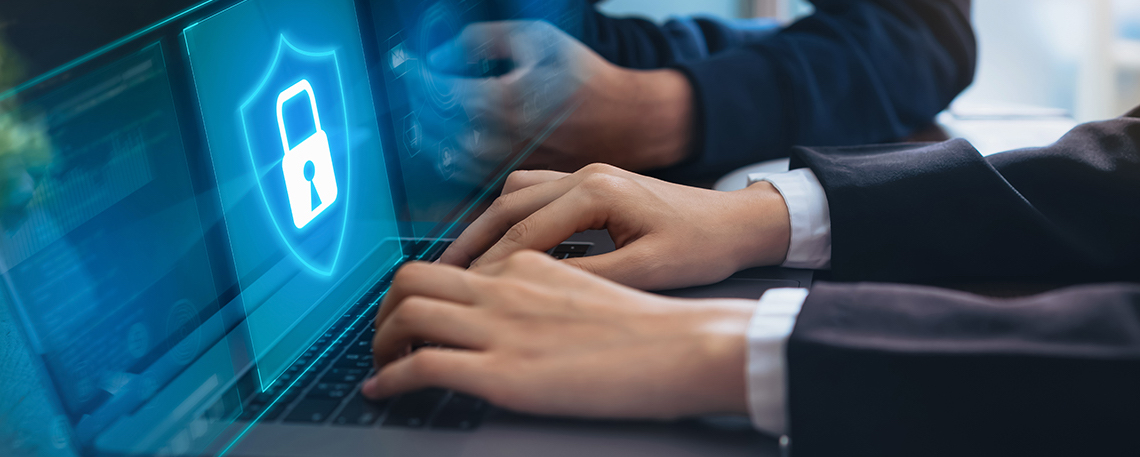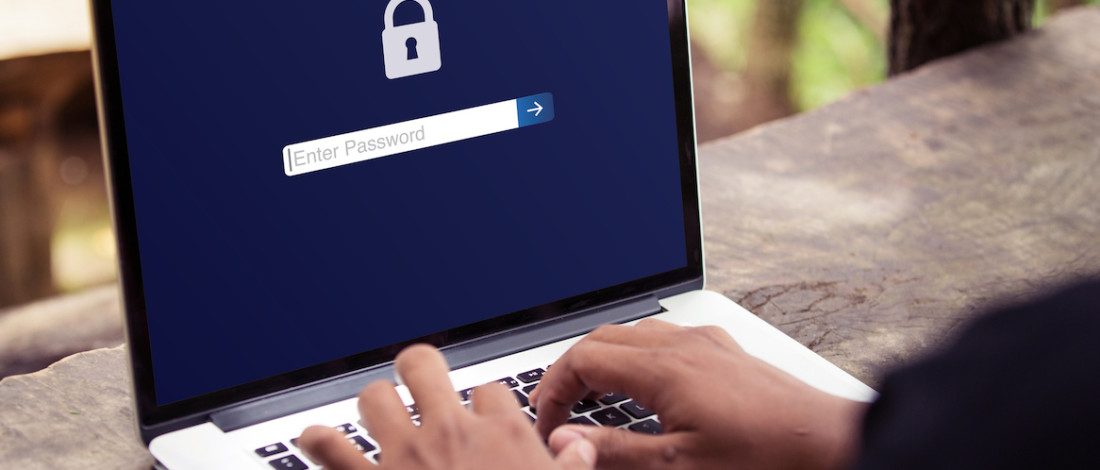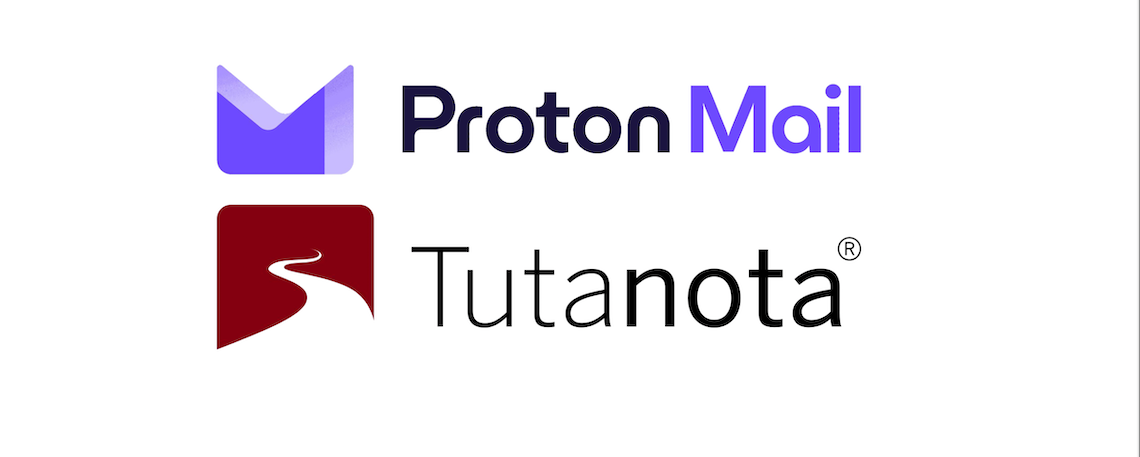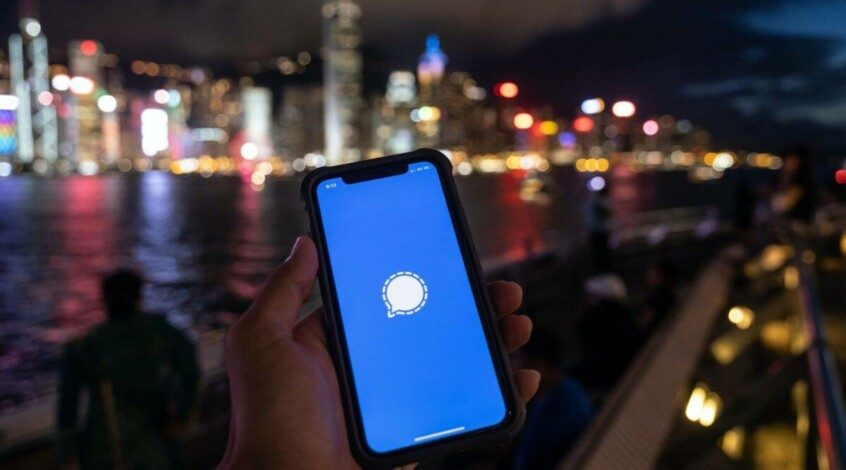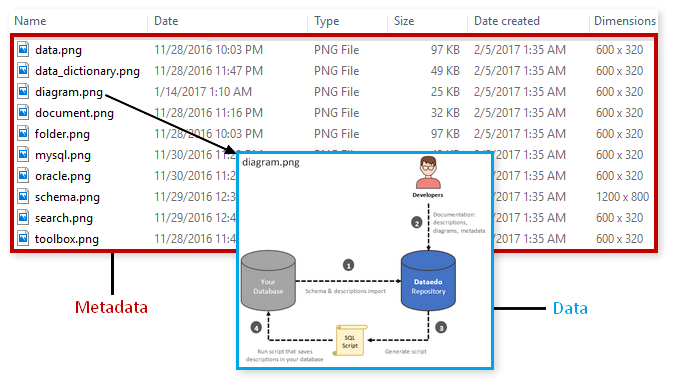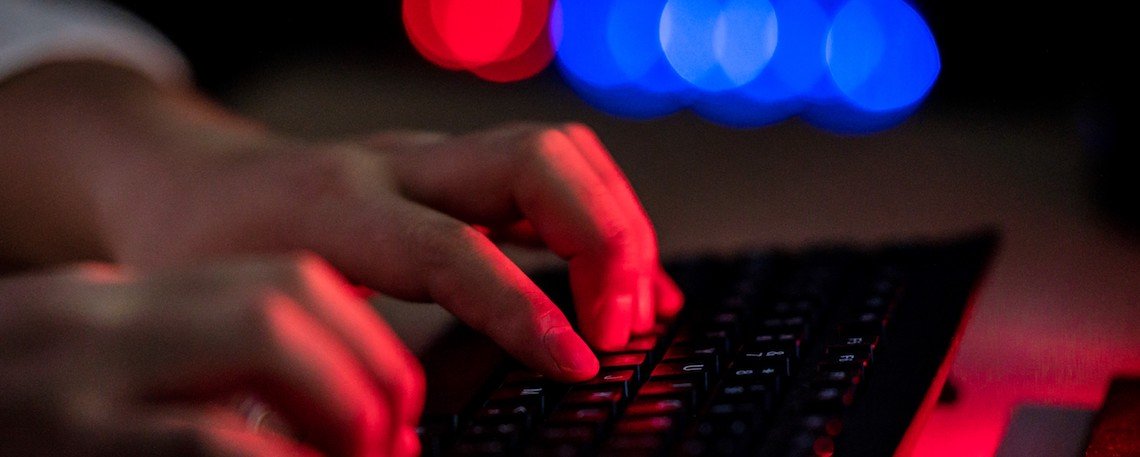Contrary to popular belief, just using a password and encrypted communication software does not guarantee the safety of a device’s data. Anyone, especially journalists, should ensure that the information stored on their hardware is also encrypted. Simply having a password at the login page of a computer is not sufficient […]
Digital safety
Nine ways journalists can improve their password security
A password could be a journalist’s last line of protection from falling victim to a hacker. Tech expert Ben Finn details ways in which journalists should upgrade their passwords to bolster their digital security protocols rather than let it be a security pitfall. Passwords are often the only line of […]
ProtonMail vs Tutanota: which secure email software should journalists use?
Cybersecurity expert Ben Finn compares two security-focused email services popular among journalists, ProtonMail and Tutanota, on both usability and security features, and explains how journalists should choose the software best for them. End-to-end encryption (E2EE) protects emails from third party readers by scrambling its contents while in transit, only returning […]
Need to communicate while offline? Try a mesh messaging app
Internet access can become a scarce luxury when reporting in conflict environments, and having a means of communication is vital for a journalists’ safety. Mesh messaging applications use bluetooth to send short range off-the-grid messages while offline, and could one day be a reporter’s lifeline. During the most critical of […]
Why journalists must always have their VPNs switched on
Every journalist should use a VPN (virtual private network) to hide their internet traffic in real-time, especially when sending sensitive information. A virtual private network (VPN) is a digital tool that hides internet traffic in real-time by creating an encrypted tunnel for data to travel through, protecting a user’s identity. […]
Can I trust this app? A handy checklist for journalists
Can I trust this app? To help journalists answer this question, tech expert Ben Finn summarises in a handy checklist the most important factors to consider before deciding whether to download or input any personal information into an application or website. Three major questions to answer 1. Is this website […]
How to be safe while using Signal
Following rumours of a cyberattack on encrypted messaging tool Signal’s servers, the European Commission recently published a guide on how to safely use the application, widely used by journalists. The open source messaging application Signal was recently rumoured to be the victim of cyber attack on its servers. Following this, […]
Tech expert: Journalists must be aware of the dangers of metadata
In an interview conducted by Reporters Without Borders (RSF), technology expert Benjamin Finn warns journalists about the threat posed by metadata and details the available tools for them to protect themselves and their sources. Reporters Without Borders (RSF): What is metadata? Benjamin Finn (BF:): In its strictest sense, metadata is […]
How to escape from the prying eyes of ISPs
Journalists should learn how to protect themselves from the prying eyes of Internet Service Providers (ISP) as they are often used by governments to spy on internet users. An Internet Service Provider (ISP) is a company that provides both the physical and logical infrastructure that enables businesses and individuals to […]
Why journalists should prefer using applications with end-to-end encryption
The presence of end-to-end encryption (E2EE) in messaging apps and programmes protect journalists and their sources, particularly when communicating sensitive information. When dealing with sensitive information, journalists should always take a risk assessment of online tools used to communicate and should always prefer apps that provide end-to-end encryption (E2EE), like […]
How journalists and newsrooms can combat online harassment
Harvard’s Nieman Foundation for Journalism provides a list of best practices for journalists and newsrooms to combat online harassment, a phenomenon as destructive as physical violence. On 12th April, 2021, Nieman Reports, a quarterly journal published by Harvard’s Nieman Foundation for Journalism, recommended a list of tools for journalists and […]
13 security tips for journalists covering online hate
Academic project Journalist’s Resource published in May 2020 a list of 13 security tips for reporters who report online hate groups and the platforms where they convene. The digital age has transformed how hate groups operate, and has led to the growth of forums and websites where members discuss their […]

